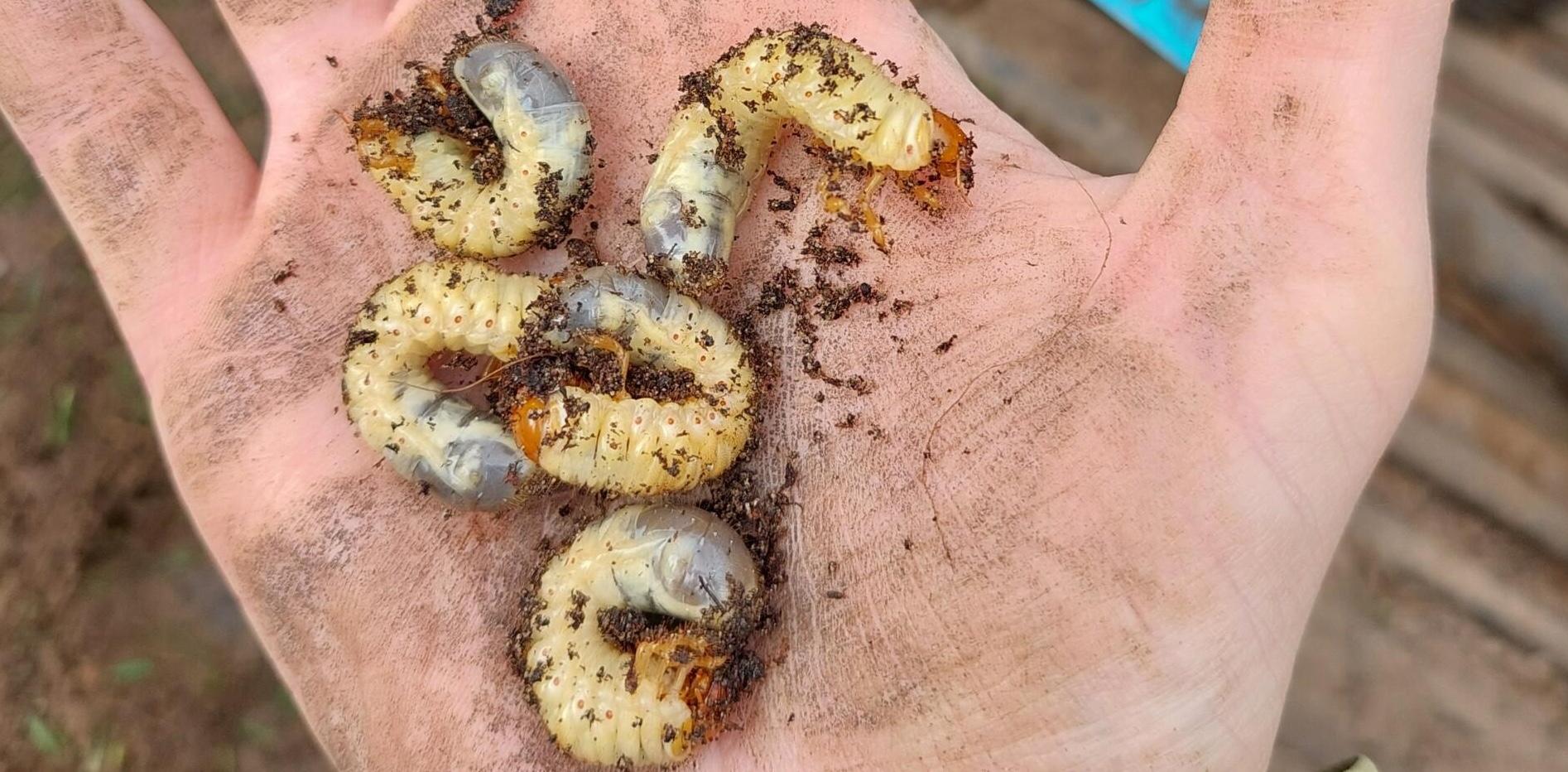There are times when managing microdochium patch in fine turf when the environmental pressures just seem to completely over power any levels of protection you've put in place.
For some people this Christmas felt like one of those times (here's a blog a put together about this years christmas delivery).
Now we're into late January and things have cooled off after that very warm Christmas break (in case you've forgotten just how warm it was, below is a graph showing how the soil temperatures looked coming into 2022!).
It now feels like the right time to think about what things could have looked like if we hadn't put control methods in place.

Fungicides are not always a complete control method, they form part of an integrated turf management plan and shouldn't be relied on as the only part of a disease control strategy.
In order to put a robust plan together it's important to understand just how much control these products can offer when used in a well structured, well timed programme where the right technology is used at the right time.
During high pressure periods like we experienced over Christmas 2021 whilst some turf managers may not feel completely satisfied with the results they've achieved and in the heat of the battle any disease activity close to an application can be disapointing.
However, I've seen enough trial work to be confident that well timed fungicide program will usually give around 90% reduction, the benefit of a trial is that we have untreated areas to compare things too.
Finding a way of having untreated plots on your course is a great way to understand the levels of control being achieved.
When I explain to people the concept of disease reduction rather than complete control it becomes clear that this is a concept they don't fully appreciate.
This concept of reduction is key to understanding the role a fungicide plays in your ITM program.
It also surprises me how people completely underestimate what 90% reduction actually looks like.
In order to visualise this I've put this tool together to help show what you could have won!

In this situation if you only saw the treated plot, you could understand a certain amount of disappointment but when compared to the untreated you can see the amount of reduction achieved.
People are often surprised by genuine percentages and how scary a low percentage can look and also by how much disease is left in the 90% reduced plot.
This is a great way to visualise what genuine % assessments look like but is only part of the picture. When field trialists are assessing plots they will take many other factors into account and all assess things slightly differently but in the main it's a pretty nice way to visualise what trials look like.
What this does show is how much power lies in the Course manager's hands, we're confident that fungicides do a lot of the heavy lifting but turf managers need to use all the tools they have in their armoury to bring this winter turfgrass problem down to acceptable levels.
There are ways to improve the levels of control you achieve:
- Water volumes
- Sprayer set-up
- Choosing the right product
- Applying before you see disease
But we have to accept sometimes even when you get everything right the level of control might not be enough. It's times like this you we need to consider what your untreated turf would look like.
Then be confident that a good fungicide program, even in high pressure periods will have reduced that by around 90%.
If that doesn't reduce things to a level that's acceptable in your situation then we need to think about putting more measures in place to reduce the untreated (moisture control, thatch levels, plant health, etc).
Even in high pressure periods the aim is to keep damage at a level to enable quick and a relatively pain free recovery.
None of it's easy in these times of increasing golfer expectations, as well as the increased foot traffic you now see and climatic conditions that simply don't seem to behave.
Its a difficult time but we're here to support.
Speaking of support - click here to read all of my answers to your turf questions that I have fielded over the last month.




